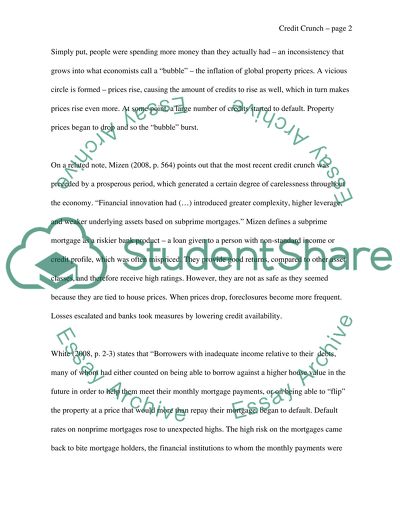Cite this document
(“The Credit Crunch Literature review Example | Topics and Well Written Essays - 1000 words”, n.d.)
The Credit Crunch Literature review Example | Topics and Well Written Essays - 1000 words. Retrieved from https://studentshare.org/finance-accounting/1518875-credit-crunch-essay
The Credit Crunch Literature review Example | Topics and Well Written Essays - 1000 words. Retrieved from https://studentshare.org/finance-accounting/1518875-credit-crunch-essay
(The Credit Crunch Literature Review Example | Topics and Well Written Essays - 1000 Words)
The Credit Crunch Literature Review Example | Topics and Well Written Essays - 1000 Words. https://studentshare.org/finance-accounting/1518875-credit-crunch-essay.
The Credit Crunch Literature Review Example | Topics and Well Written Essays - 1000 Words. https://studentshare.org/finance-accounting/1518875-credit-crunch-essay.
“The Credit Crunch Literature Review Example | Topics and Well Written Essays - 1000 Words”, n.d. https://studentshare.org/finance-accounting/1518875-credit-crunch-essay.


